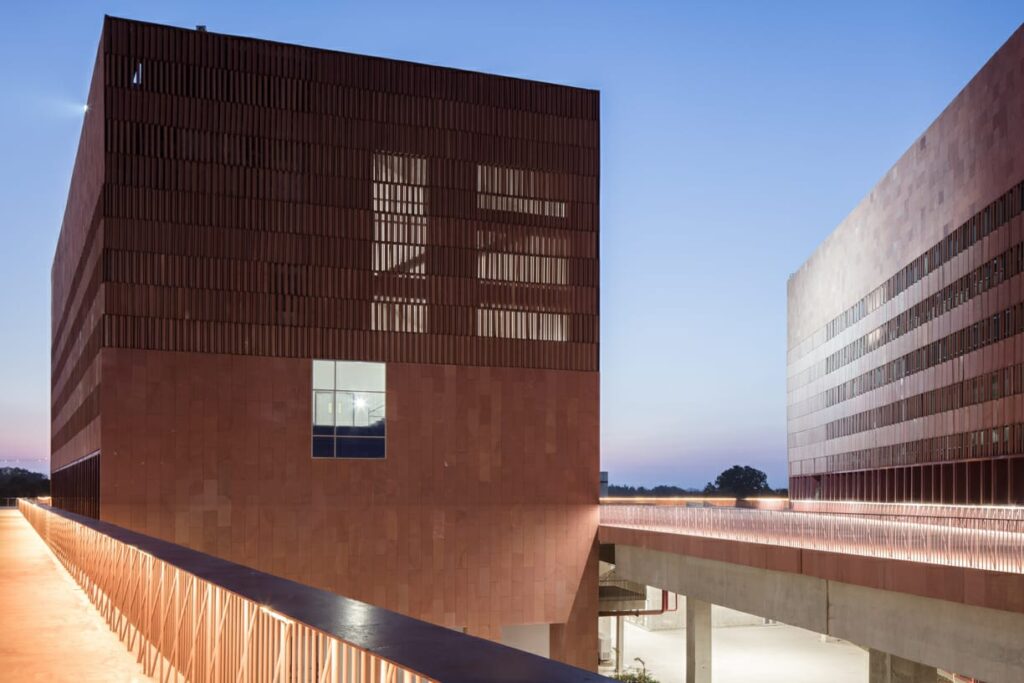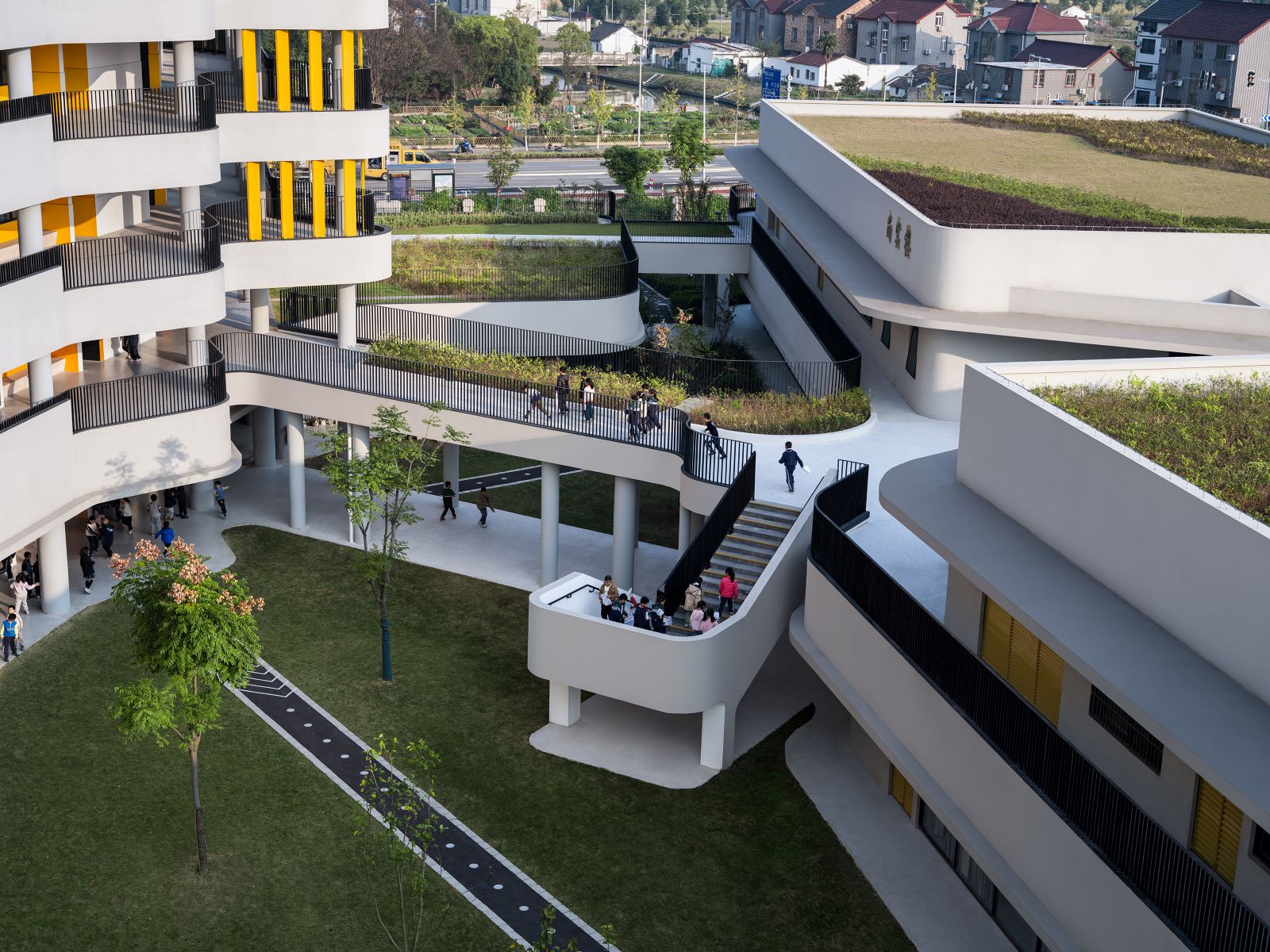
In the world of architectural innovation, some projects leave an indelible mark, setting the stage for an educational renaissance. Eight years ago, one such endeavour was undertaken by architect Sonali Bhagwati and architect Sohrab Dalal, founders of DesignPlus Architecture (DPA), in association with MCM, Dublin, to transform Thapar University in Patiala, Punjab.
Thapar University, with its aspiration to ascend the ranks of top-tier educational institutions, embarked on an ambitious mission to accommodate 15,000 students, a considerable leap forward from the original number of 5,000 students. The university’s leadership, cognizant of the profound influence that architecture wields on learning, set forth to expand its facilities, fostering an environment that would accommodate the growing student populace.


During the commencement of the project, the architects emphasized, “Our responsibility was to design educational structures that not only met the requirements of the university but also injected a crucial element of innovation, a hallmark of modern educational institutions.” The original campus layout itself occupied an extensive tract of land enveloped by verdant fields, creating a harmonious coexistence between nature and architecture.
Architecturally, the university was redefined by infusing traditional and modern elements. At the forefront stood the majestic learning laboratory buildings, a multi-story edifice adorned with a striking red stone facade. Within this academic enclave, students and faculty found respite amidst a multitude of green spaces – from tranquil gardens to lush lawns and serene groves. These areas offered a serene escape from academic rigors, providing opportunities for relaxation and contemplation.
The design primarily paid homage to tradition while embracing innovation, mirroring the university’s commitment to a comprehensive educational experience.


Beyond its eye-pleasing allure, the campus also prioritized environmental sustainability. This entailed a focus on energy-efficient solutions and maximizing the use of natural light, affirming the motto of the new education institute space to reduce its environmental footprint. A notable addition was the Learning Centre, integrated into the academic environment, serving as an open-air theatre designed to inspire and enhance the learning experience.
Turning to the university classrooms, they were designed to create an environment that was highly conducive to learning. A tiered floor arrangement, outfitted with rows of yellow chairs, ensured each student enjoyed an unobstructed view, significantly enhancing the overall learning experience. The incorporation of projectors, whiteboards, and a sound system further enhanced the educational quality. Furthermore, the lofty ceilings and large windows ushered in ample natural light, setting the standard for efficient, student-centric design.
As the university continues to inspire and empower the next generation of learners, its architectural evolution remains a symbol of fidelity to excellence in education and design. Thapar University, with its state-of-the-art facilities and thoughtfully designed spaces, promises a bright future for students and the architectural landscape it graces.






